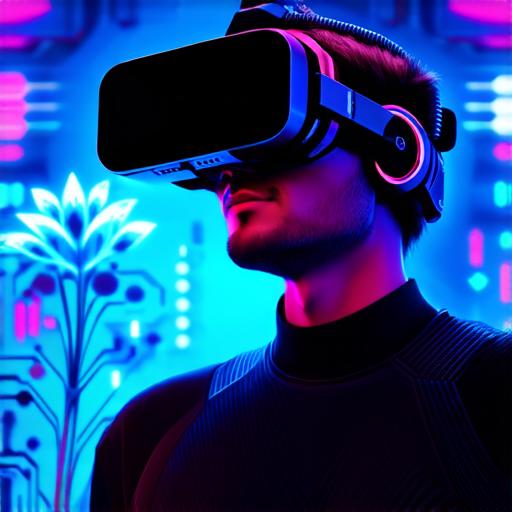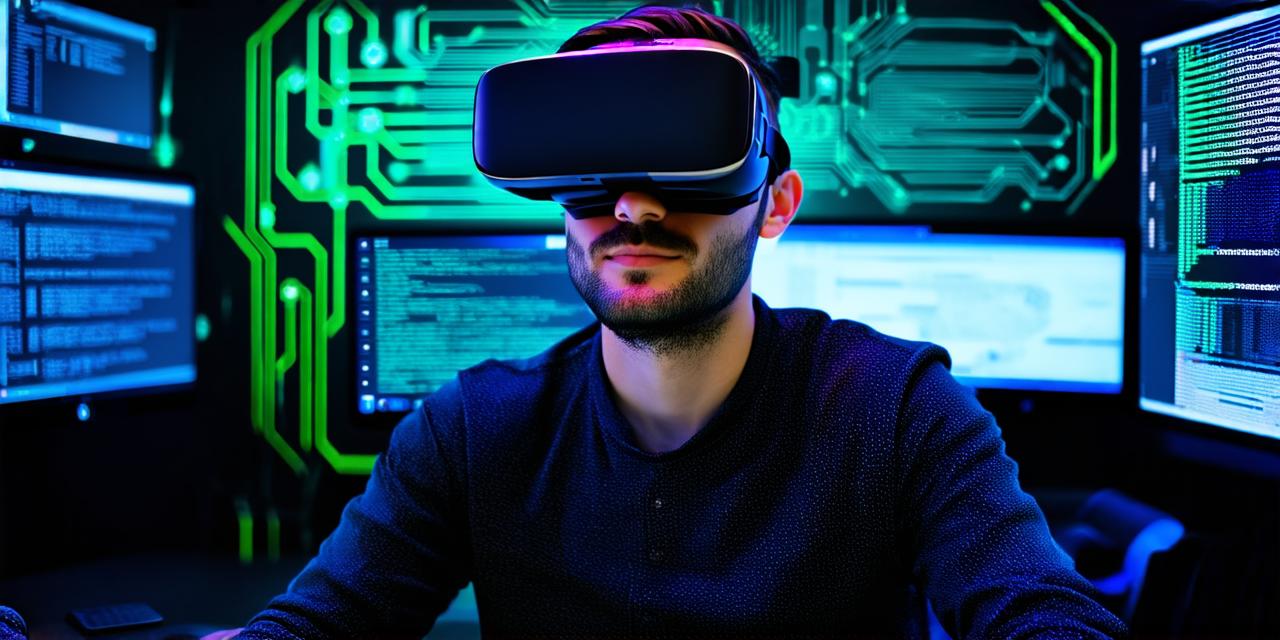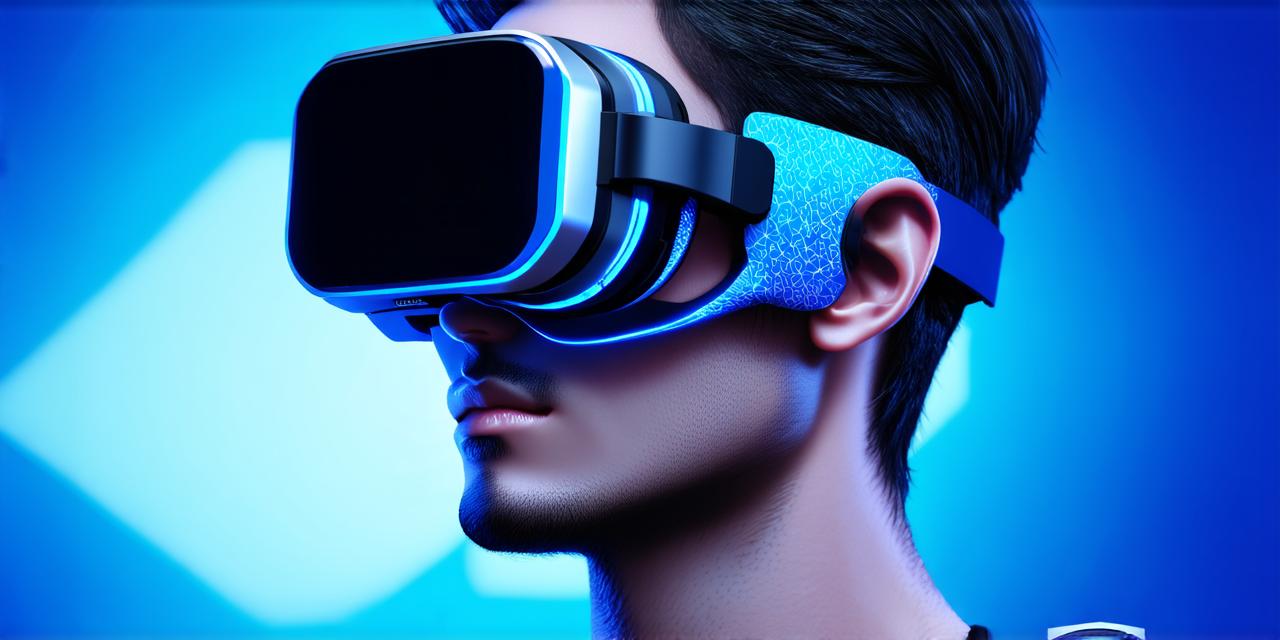Virtual reality (VR) is a rapidly evolving field that has already shown tremendous potential in creating immersive experiences in simulated environments.
However, we’re still waiting for the day when fully immersive VR will become mainstream.
Current Advancements in VR Technology
Virtual reality technology has come a long way since its early days, with several exciting advancements being made over the years. One of the most significant developments has been the release of high-end VR headsets like the Oculus Rift, HTC Vive, and PlayStation VR.
Another important advancement has been in the development of hand tracking technology. This allows users to interact with virtual objects using their hands, which makes the experience more realistic and immersive. Hand tracking is already being used in some games and applications, but it’s likely that we’ll see even more widespread adoption of this technology in the future.
Haptic feedback has also been making strides in recent years. This technology uses vibrations to simulate physical sensations, such as the feeling of touching something or being hit by an object. Haptic feedback can greatly enhance the immersive experience of VR, and we’re likely to see more advancements in this area in the future.
In addition to these developments, there have been significant advancements in VR hardware. For instance, we’ve seen the release of powerful gaming consoles like the PlayStation 5 and Xbox Series X/S that are optimized for VR experiences.
How Close Are We to Achieving Fully Immersive VR?
Despite these advancements, we’re still waiting for the day when fully immersive VR will become mainstream. This is partly because of some of the challenges associated with creating truly immersive experiences.
One of the biggest challenges is creating a virtual world that feels natural and intuitive to users. While advances in hand tracking and haptic feedback are helping to make the experience more realistic, there’s still work to be done in this area. For example, creating virtual objects that feel like real-life objects and making sure that they behave realistically can be difficult.
Another challenge is ensuring that the hardware required for VR experiences is accessible and affordable to as many people as possible. While high-end VR headsets are becoming more common, they’re still expensive and require a powerful computer or console to run. This limits the number of people who can experience fully immersive VR on a regular basis.
Finally, there’s the issue of motion sickness. Some users experience nausea or dizziness when using VR headsets, which can detract from the overall experience. While there are some ways to mitigate motion sickness, such as adjusting the field of view or reducing movement in virtual environments, it’s still a significant challenge to create an immersive experience that doesn’t cause discomfort for some users.

Real-Life Examples of Fully Immersive VR Experiences
Despite these challenges, there are already several real-life examples of fully immersive VR experiences that offer a glimpse into what the future might hold. One example is the use of VR in healthcare.
For instance, doctors can use VR to simulate surgical procedures and train medical students, which can save time and money while improving patient outcomes.
Another example is the use of VR in education. Students can explore virtual classrooms and interact with virtual objects in a way that’s not possible with traditional teaching methods. This can make learning more engaging and memorable for students.
In addition to healthcare and education, there are many other industries that are exploring the potential of VR. For instance, architects can use VR to create realistic simulations of building projects, which can help clients visualize the final product before construction begins. Similarly, automotive companies can use VR to design and test new vehicles in a virtual environment.
Is There Any Chance That Fully Immersive VR Will Be Mainstream Anytime Soon?
It’s difficult to say for certain when fully immersive VR will become mainstream, but advancements in technology and decreasing costs are likely to make it more accessible to a wider audience in the future. As hardware becomes more powerful and affordable, we can expect to see more people using VR headsets on a regular basis.
In addition, as developers continue to create more realistic and engaging VR experiences, we’re likely to see more people interested in exploring this technology. This could lead to a surge in demand for VR hardware and software, which could drive down costs even further.
However, it’s important to remember that fully immersive VR is still an emerging technology, and there are many challenges that need to be overcome before it becomes widely adopted. Nonetheless, the potential benefits of VR are enormous, and we can expect to see continued innovation in this field for years to come.




